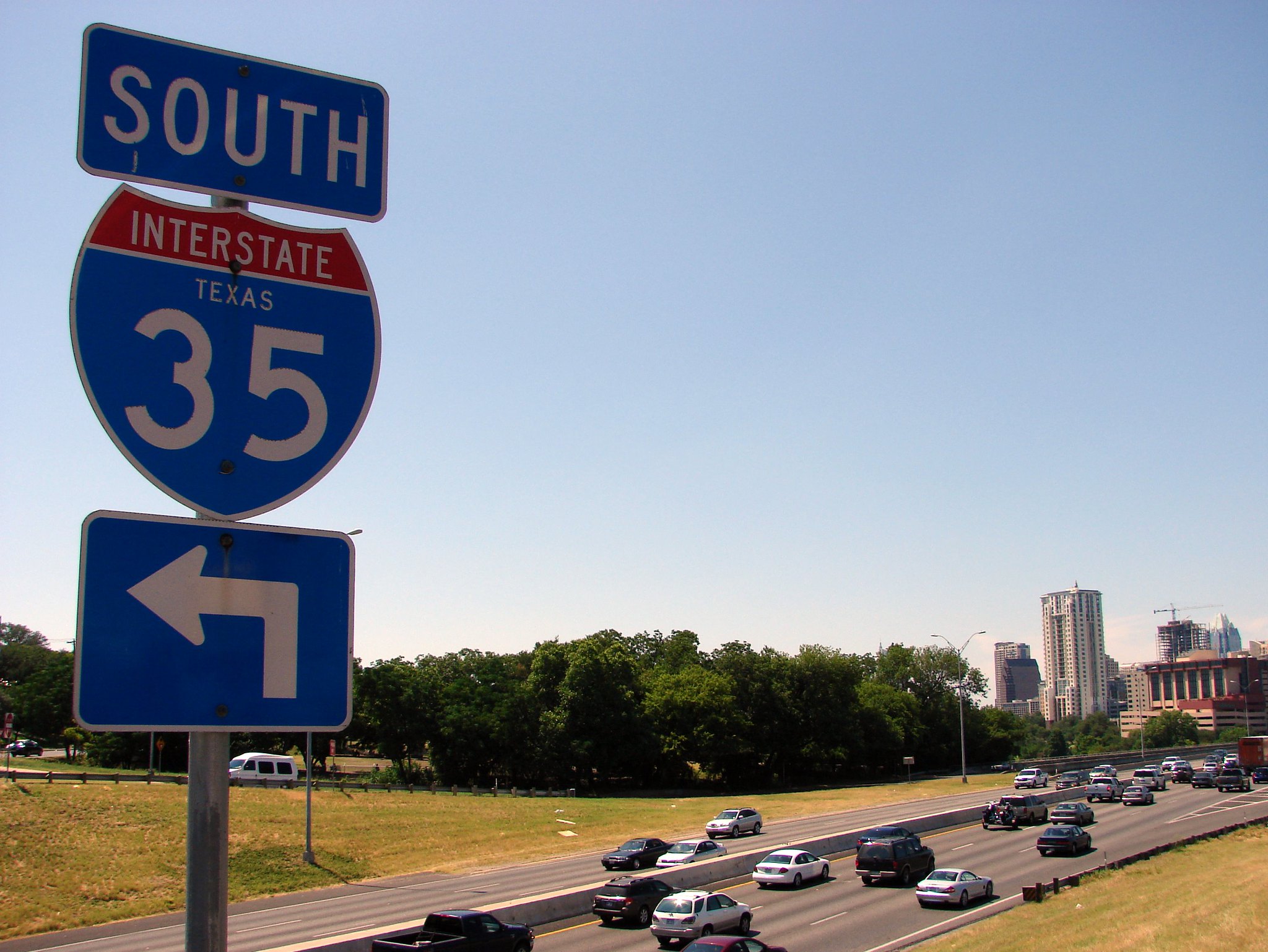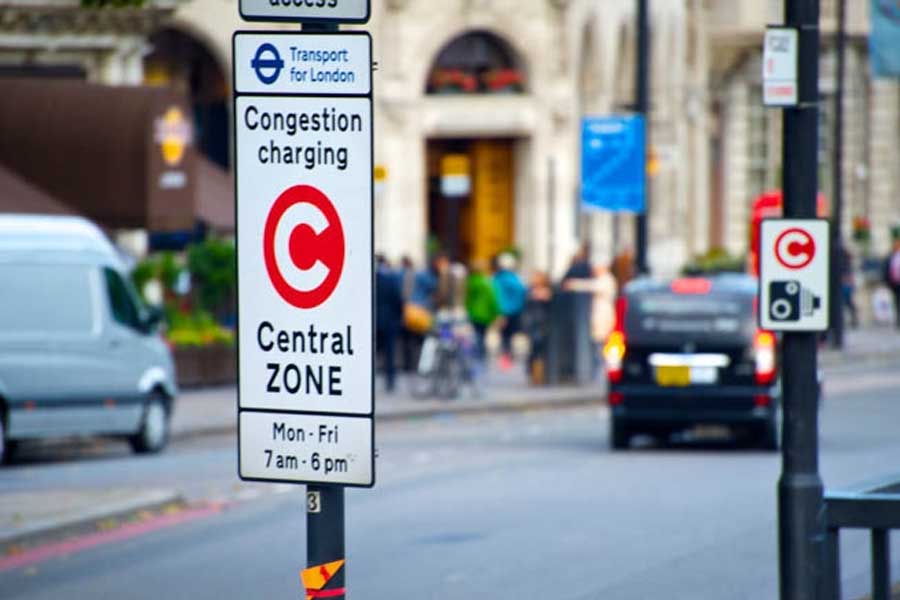
This is an illuminating chart, produced by Richard Bose at Network blog NextSTL. It shows how Missouri electeds have let the gas tax steadily erode in real dollars while transit riders have been subjected to repeated fare increases.
Now, Bose explains, state officials are preparing to double-down on this double standard:
Metro is considering raising fares again. Missouri voters may consider a 1% general sales tax to pay for transportation this fall. A gas tax increase and tolls are seen as DOA, thus the push for a sales tax. Let’s see how the gas tax and Metro fares have fared since the last gas tax increase in 1996.
The gas tax of 17 cents would be 25 cents today, and the state would have raised about 20% more from the gas tax since 1996 had it kept up with inflation (I’m assuming the number of gallons taxed each year was constant, which is pretty close to reality)
As you can see the value of the gas tax has been eroded by inflation while Metro fares have outpaced it. Of course this isn’t the whole picture. Property and local sales taxes and the Federal gas tax (hasn’t increased since 1993) and general revenues also fund streets, roads, and highways, and local sales taxes, federal, and a minute amount of state money goes into Metro. But this puts into perspective just who is paying their “fair” share.
This is a great visual and it would be interesting to see the same data graphed for more cities.
Elsewhere on the Network today: The Bike League encourages people to contact U.S. DOT after the agency punted on establishing benchmarks to reduce cyclist and pedestrian fatalities. Urban Review STL says the city of St. Louis needs to establish upper limits on parking at local businesses instead of minimums. And Strong Towns attempts to determine the "winners" and "losers" from a Minnesota plan to raise the gas tax to fund road projects.





